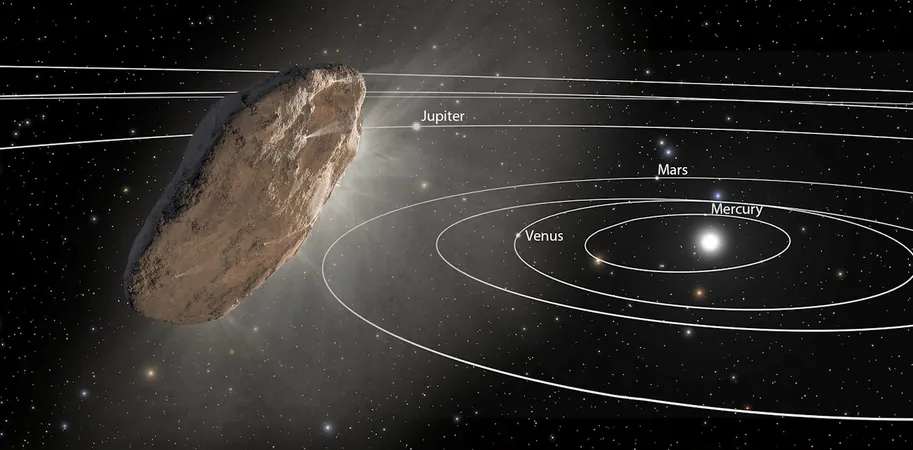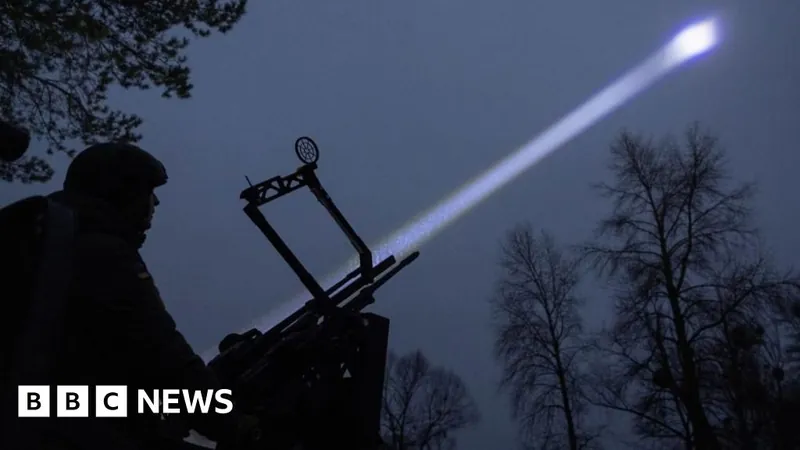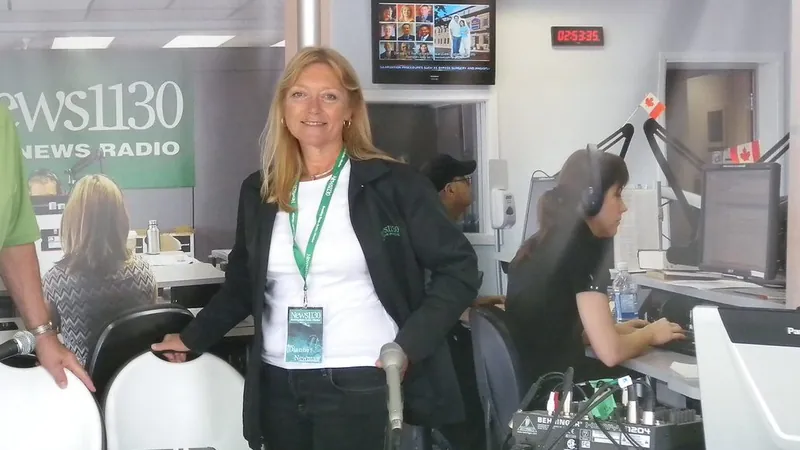
Incredible Interstellar Visitors: How Scientists Plan to Catch Cosmic Nomads
2025-04-15
Author: Benjamin
Unveiling the Mystery of 'Oumuamua
Back in late 2017, a cosmic wonder zipped through our solar system, leaving astronomers buzzing with excitement. Dubbed 'Oumuamua, meaning 'scout' in Hawaiian, this elongated object measured about 400 meters long, resembling a cosmic needle. It was the first confirmed interstellar object (ISO) to visit our solar neighborhood, having traveled through the Milky Way for potentially millions of years before its fleeting encounter with us.
The Nature of Interstellar Objects
Interstellar objects like 'Oumuamua and the recently spotted Borisov Comet are fragments of distant star systems, propelled into space by catastrophic events. Although estimates suggest there could be a staggering 10 septillion ISOs roaming our galaxy, their unpredictable paths make them elusive targets for observation.
A Chance to Spy on Distant Worlds
Imagine the knowledge we could gain by studying these celestial visitors up close! Analyzing their composition could unlock secrets about planets and stars far beyond our reach. However, catching them as they rush past Earth brings significant challenges; for instance, ISOs can travel at incredible speeds, leaving astronomers with minimal time to prepare missions.
Innovative Missions on the Horizon
Exciting plans are afoot! NASA's "Bridge" mission and the European Space Agency's "Comet Interceptor" aim to chase down ISOs. While Bridge would launch shortly after an object is detected, the Comet Interceptor plans to position itself near Earth, ready to spring into action when a suitable target comes into view.
The Race Against Time
With ISOs often moving at astonishing speeds of over 32 km/s, timing is everything. Current launch protocols require a lengthy window post-detection, but innovative gravitational slingshot maneuvers could offer faster approaches. Future missions are likely to utilize advancements in AI and deep learning to identify and respond to these objects instantly.
The Vera C Rubin Observatory and Beyond
Soon, the Vera C Rubin Observatory in Chile will kick off a decade-long night sky survey expected to reveal dozens of ISOs each year. Armed with new technologies, missions will need high-speed travel capabilities and cutting-edge propulsion methods like solar sails, which harness sunlight to propel spacecraft without heavy fuel.
Future Challenges and Solutions
However, approaching these objects isn’t just about speed; spacecraft will also have to endure high temperatures and potential dust erosion. Researchers are exploring lightweight, durable materials that could stand the test, including advanced carbon fibers and even 3D printed components.
Seizing the Opportunity
If we can leverage emerging technologies for tracking and rendezvousing with ISOs, the opportunities for discovery are beyond imagination. However, budget cuts within the U.S. space science community pose a risk to progress. Embracing innovation is crucial if we wish to turn fleeting glimpses of these cosmic wanderers into a wealth of astronomical knowledge.









 Brasil (PT)
Brasil (PT)
 Canada (EN)
Canada (EN)
 Chile (ES)
Chile (ES)
 Česko (CS)
Česko (CS)
 대한민국 (KO)
대한민국 (KO)
 España (ES)
España (ES)
 France (FR)
France (FR)
 Hong Kong (EN)
Hong Kong (EN)
 Italia (IT)
Italia (IT)
 日本 (JA)
日本 (JA)
 Magyarország (HU)
Magyarország (HU)
 Norge (NO)
Norge (NO)
 Polska (PL)
Polska (PL)
 Schweiz (DE)
Schweiz (DE)
 Singapore (EN)
Singapore (EN)
 Sverige (SV)
Sverige (SV)
 Suomi (FI)
Suomi (FI)
 Türkiye (TR)
Türkiye (TR)
 الإمارات العربية المتحدة (AR)
الإمارات العربية المتحدة (AR)